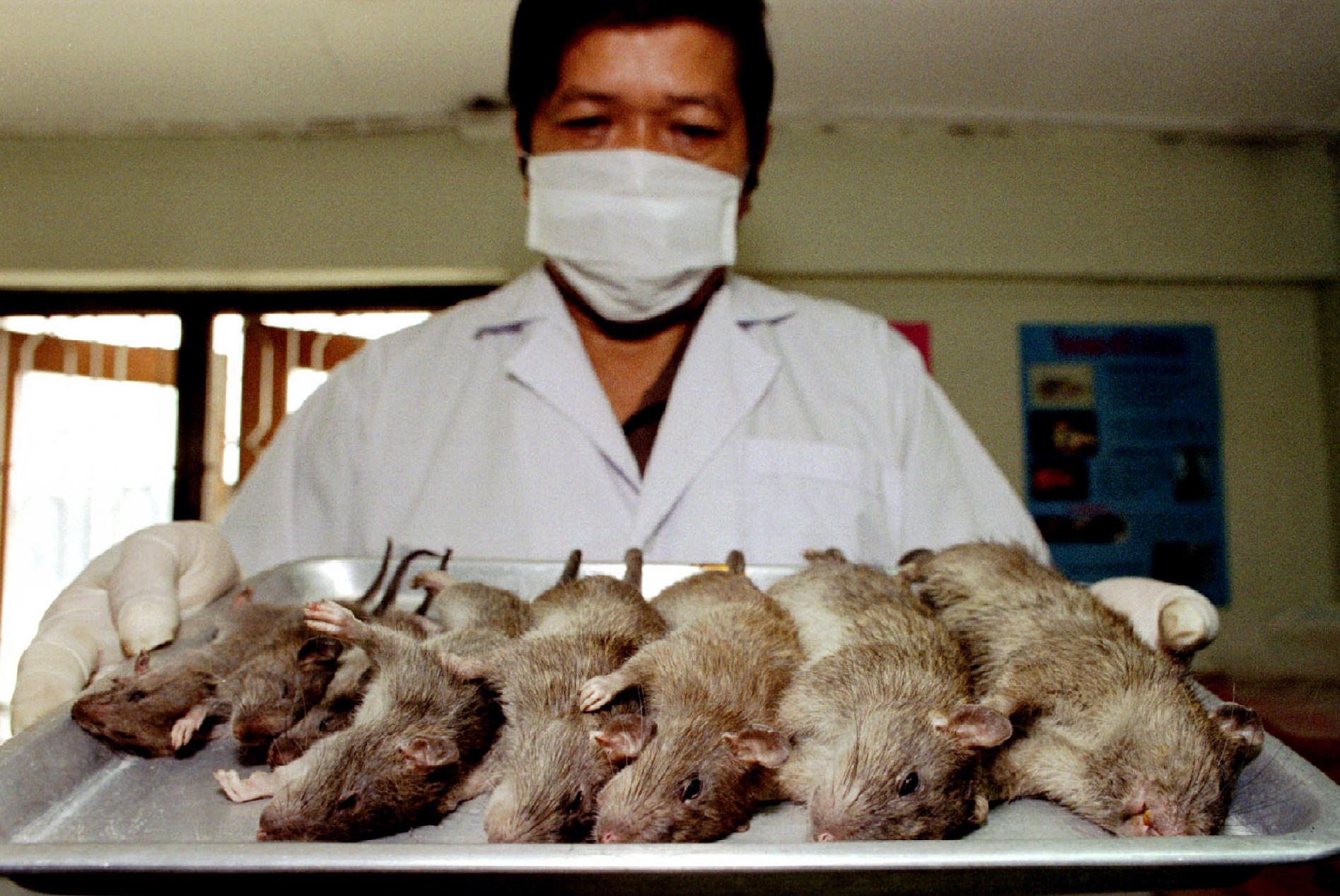Case Summary: Bubonic Plague Case Colorado

Bubonic plague case colorado –
In July 2022, a case of bubonic plague was reported in a resident of Larimer County, Colorado. The patient, a 62-year-old man, experienced symptoms including fever, chills, and swelling in his lymph nodes. He was diagnosed with bubonic plague after laboratory tests confirmed the presence of the Yersinia pestis bacteria. The patient was treated with antibiotics and recovered fully.
In the wake of the recent bubonic plague case in Colorado, authorities have been on high alert for any potential spread of the deadly disease. Amidst the concern, news emerged of Yuya Kubo , a Japanese adventurer who contracted the plague while traveling in Mongolia.
Kubo’s recovery from the disease serves as a testament to the resilience of the human spirit and the importance of swift medical intervention. The bubonic plague case in Colorado remains under investigation, with health officials working diligently to contain any further spread.
Source of Infection
The source of the infection is still under investigation, but it is believed that the patient may have been exposed to the bacteria through the bite of an infected flea. Fleas can become infected with Yersinia pestis by feeding on infected rodents, such as prairie dogs or ground squirrels.
Preventive Measures, Bubonic plague case colorado
To prevent the spread of bubonic plague, public health officials are recommending that people take the following precautions:
- Avoid contact with wild rodents and their fleas.
- Use insect repellent when outdoors.
- Wear long pants and sleeves when hiking or camping in areas where rodents are present.
- Report any dead rodents to local authorities.
Public Health Response

In response to the bubonic plague case in Colorado, public health officials took swift action to contain and mitigate the spread of the disease. The response involved a comprehensive approach that included contact tracing, quarantine measures, and educational campaigns.
Contact Tracing
Contact tracing was a crucial aspect of the public health response. Public health officials identified individuals who had come into close contact with the infected person and monitored them for symptoms. Those who developed symptoms were tested for the plague and isolated if necessary. Contact tracing helped to identify and isolate potential cases, preventing further spread of the disease.
Quarantine Measures
To prevent the spread of the plague, public health officials implemented quarantine measures. Individuals who had been exposed to the infected person were quarantined for a period of time to ensure that they did not develop symptoms. This measure was essential in preventing the spread of the disease to other individuals and communities.
Educational Campaigns
Public health officials also conducted educational campaigns to inform the public about the plague, its symptoms, and preventive measures. These campaigns aimed to increase awareness about the disease and empower individuals to take steps to protect themselves and their communities. The campaigns included distribution of educational materials, public service announcements, and community outreach programs.
Challenges and Successes
The public health response to the bubonic plague case in Colorado was generally successful in containing and mitigating the spread of the disease. The rapid identification and isolation of the infected individual, coupled with effective contact tracing and quarantine measures, prevented the outbreak from spreading further. The educational campaigns also played a vital role in raising awareness and promoting preventive behaviors.
However, there were some challenges faced during the response. One challenge was the limited availability of rapid diagnostic tests for the plague, which delayed the confirmation of cases and hindered contact tracing efforts. Additionally, some individuals were reluctant to cooperate with public health officials due to fear or misinformation.
Overall, the public health response to the bubonic plague case in Colorado was effective in containing the outbreak and preventing its spread. The comprehensive approach, which included contact tracing, quarantine measures, and educational campaigns, demonstrated the importance of a well-coordinated and timely public health response to emerging infectious diseases.
Historical Context

The bubonic plague, a devastating disease caused by the bacterium Yersinia pestis, has plagued humanity for centuries. Its origins can be traced back to Central Asia, where it is believed to have emerged in the 14th century.
The plague is primarily transmitted through the bites of infected fleas that carry the bacterium. These fleas often reside on rodents, such as rats, which serve as reservoirs for the disease. Once transmitted to humans, the plague can manifest in various forms, including bubonic, septicemic, and pneumonic plague.
Historical Outbreaks
Throughout history, the bubonic plague has caused several devastating outbreaks, including the infamous Black Death pandemic in the 14th century, which killed an estimated 25-50 million people in Europe alone.
The Colorado case of bubonic plague in 2022 is a reminder of the continued threat posed by this ancient disease. While it is not as widespread as it once was, the plague still exists in certain regions of the world, including parts of Africa, Asia, and the Americas.
Significance
The Colorado case highlights the importance of public health surveillance and disease control measures. Early detection and treatment are crucial to prevent the spread of the plague and minimize its impact on human populations.
Additionally, the case serves as a reminder that even in modern times, infectious diseases can emerge and pose significant threats to public health. It underscores the need for continued research and collaboration to develop effective vaccines, treatments, and prevention strategies.
The recent bubonic plague case in Colorado has sent shivers down the spines of many. As the news spread, it was met with a flurry of concern and disbelief. But in the midst of this unsettling development, one name that emerged as a beacon of hope was Neiman Marcus Saks Fifth Avenue.
This luxury department store chain has a long history of providing quality goods and services, and its reputation for excellence extends far beyond the realm of fashion. In the wake of the plague outbreak, Neiman Marcus Saks Fifth Avenue has stepped up to offer its support, providing essential supplies and assistance to those affected by this devastating disease.